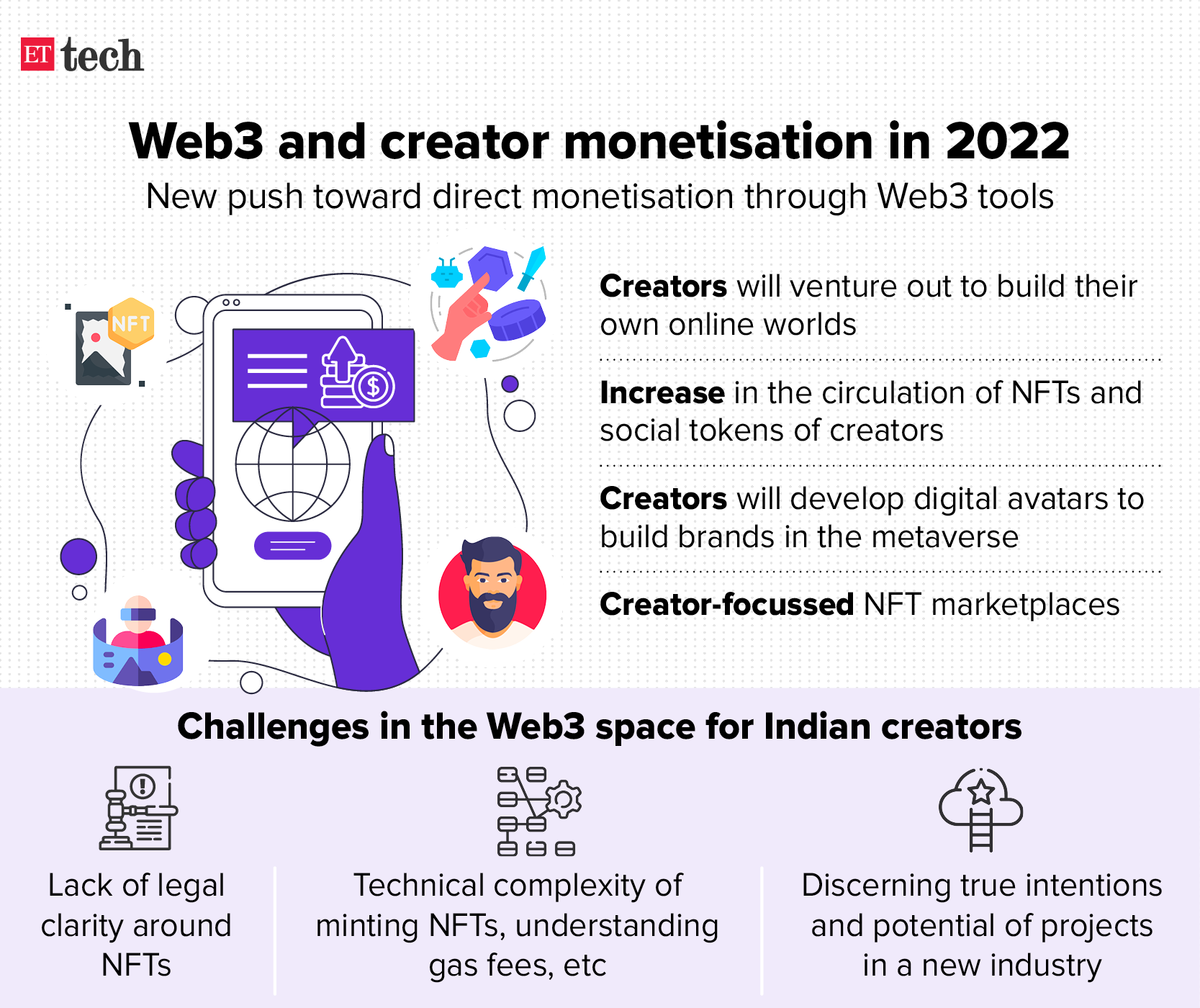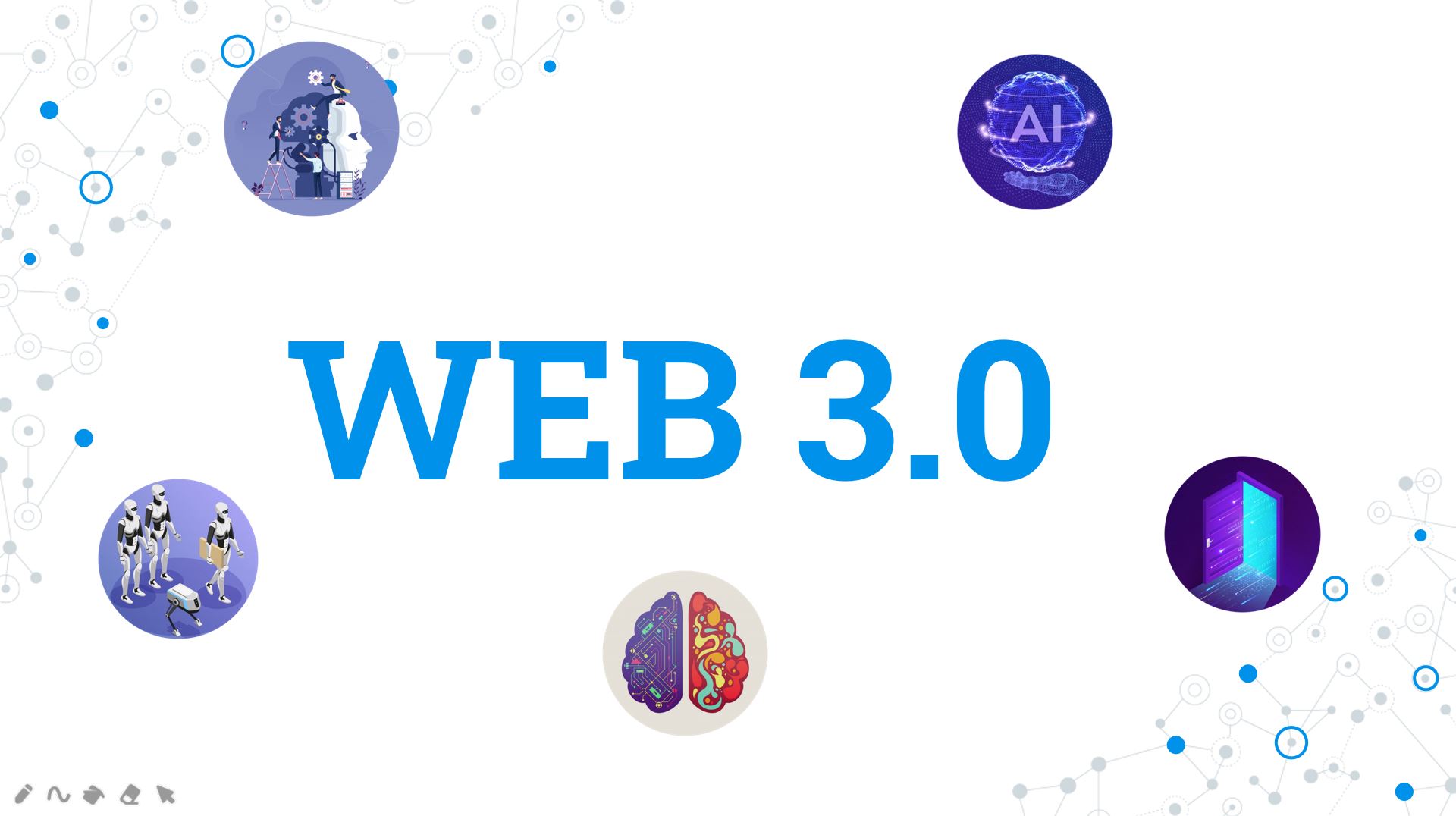We are at the tipping point of a new phase in the web’s evolution. Some early pioneers call it Web 3.0. Arguably, there are a few early-stage Web 3.0 applications that already exist today, but until the new internet becomes fully embedded in the web infrastructure, their true potential cannot be observed.
What exactly is Web 3.0?
Web 3.0 was originally called the Semantic Web by World Wide Web inventor Tim Berners-Lee, and was aimed at being a more autonomous, intelligent, and open internet.
The Web 3.0 definition can be expanded as follows: data will be interconnected in a decentralized way, which would be a huge leap forward to our current generation of the internet (Web 2.0), where data is mostly stored in centralized repositories.
Furthermore, users and machines will be able to interact with data. But for this to happen, programs need to understand information both conceptually and contextually. With this in mind, the two cornerstones of Web 3.0 are semantic web and artificial intelligence (AI).

As Web 3.0 networks will operate through decentralized protocols — the founding blocks of blockchain and cryptocurrency technology — we can expect to see a strong convergence and symbiotic relationship between these three technologies and other fields. They will be interoperable, seamlessly integrated, automated through smart contracts and used to power anything from micro transactions in Africa, censorship-resistant P2P data file storage and sharing with applications like Filecoin, to completely changing every company conduct and operate their business. The current slew of DeFi protocols are just the tip of the iceberg.
Web 1.0, also called the Static Web, was the first and most reliable internet in the 1990s despite only offering access to limited information with little to no user interaction. Back in the day, creating user pages or even commenting on articles weren’t a thing.
Web 1.0 (1989-2005)
Web 1.0 didn’t have algorithms to sift internet pages, which made it extremely hard for users to find relevant information. Simply put, it was like a one-way highway with a narrow footpath where content creation was done by a select few and information came mostly from directories.
Web 2.0 (2005-present)
The Social Web, or Web 2.0, made the internet a lot more interactive thanks to advancements in web technologies like Javascript, HTML5, CSS3, etc., which enabled startups to build interactive web platforms such as YouTube, Facebook, Wikipedia and many more.
This paved the way for both social networks and user-generated content production to flourish since data can now be distributed and shared between various platforms and applications.
The set of tools in this internet era was pioneered by a number of web innovators like the aforementioned Jeffrey Zeldman.
Web 3.0 (yet to come)
Web 3.0 is the next stage of the web evolution that would make the internet more intelligent or process information with near-human-like intelligence through the power of AI systems that could run smart programs to assist users.
Tim Berners-Lee had said that the Semantic Web is meant to “automatically” interface with systems, people and home devices. As such, content creation and decision-making processes will involve both humans and machines. This would enable the intelligent creation and distribution of highly-tailored content straight to every internet consumer.
